![]()
Aroids and other genera in the Collection
Take the Tour Now?
Orchids
The
Exotic Rainforest
Plants in
the Exotic Rainforest Collection
Images on this website are copyright protected. Contact
us before any reuse.
In depth information on how to grow Philodendron species, Click this Link
Within our collection we have many species of Philodendron. If you are seeking other photos, click this link
Philodendron species unknown
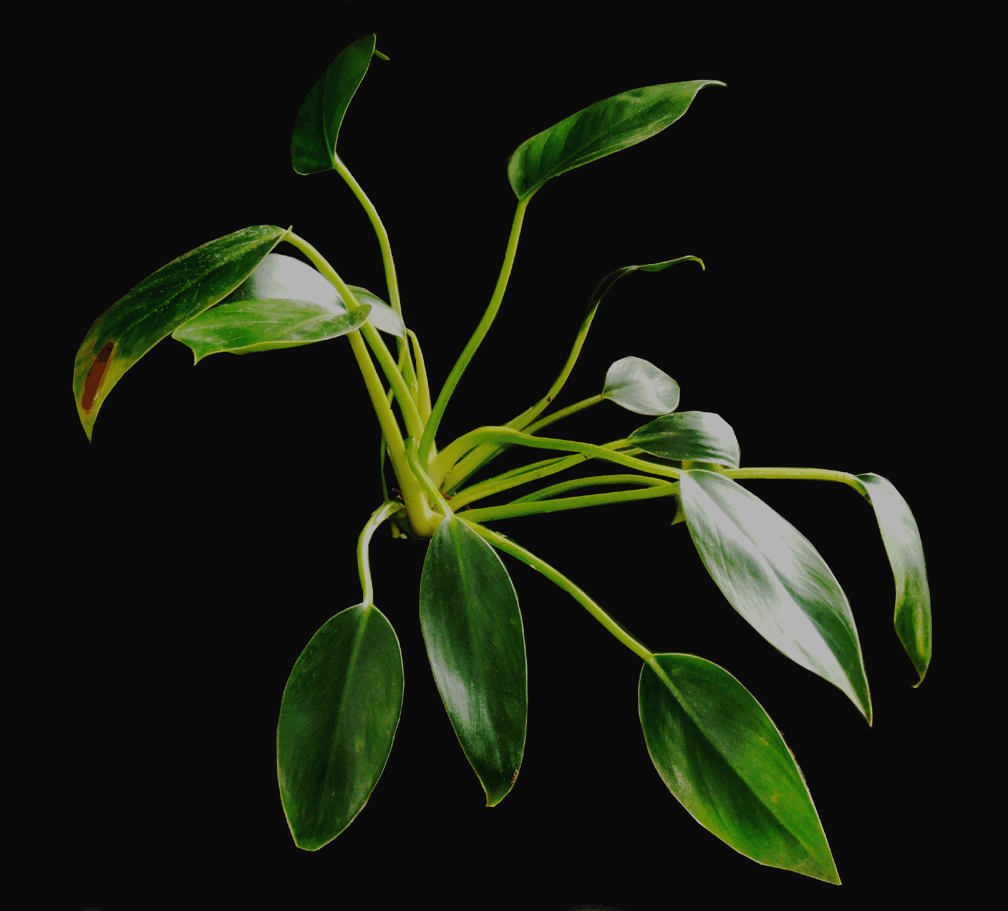
This juvenile Philodendron was acquired in 2007 but the tag has vanished
and no collection data exists.
I have no idea of the source nor any info on the origin of the species
in the wild. As Dr. Croat often tells me without good collection
data it is often impossible to accurately identify a specimen. A
friend in Ecuador has reported a similar species having been observed
around Mindo and Nanegalito as well as in the Pacto-Gualea corridor of
Ecuador. That plant is thought to be terrestrial as well but at
present it is not known if the two are the same species. It is not
uncommon for juvenile terrestrial species to morph into climbing species
as they age and grow.
The leaf blades are mildly coriaceous (leathery) and the largest blade measures approximately (15cm) 6 inches.
The adaxial leaf
surface (topside) is dark green and semi-glossy while the abaxial surface (underside) is
slightly bicolorous (two colored), lighter in
color than the upper surface and matte in appearance.
The petioles
are canaliculate (C shaped) with striation (tiny parallel lines) along
the axis. The cataphylls have yet to be observed or
photographed.
The roots are reddish and the
Philodendron appears to grow as a terrestrial species showing no
indication at present of wanting to climb. The internodes are
short.
No inflorescence has yet been observed or photographed.
No other info is currently
available. There are highly magnified detailed photos below. If you can suggest a species name I would appreciate
the assist.
Several people have suggested this plant is P. callosum. I
will admit it is somewhat similar to P callosum but there are several differences
of which I am aware. Dr. Croat's field notes indicate P. callosum has primary lateral
veins that are obscure on both sides and scarcely visible above but not
at all obvious below. The veins are obvious on both sides of my
specimen. He also says the petioles of P. callosum are sharply
C-shaped, medium green, striate (having parallel lines) and weakly
purplish warty. My specimen has the C shape and striation. He continues the
blades are subcoriaceous and finely rugose. My plant shows
no signs of being rugose or having rough reticulation.
See the detailed photos of both leaf surfaces, petioles, roots, and stem
below.
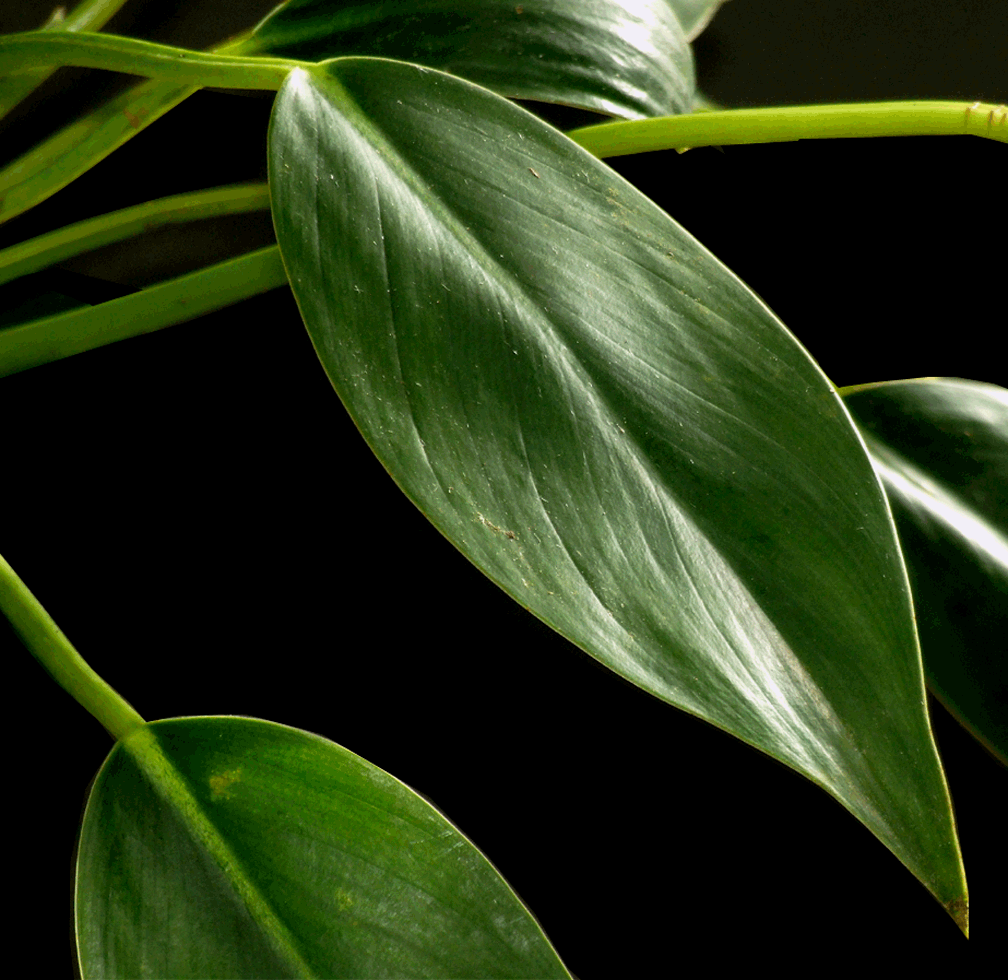
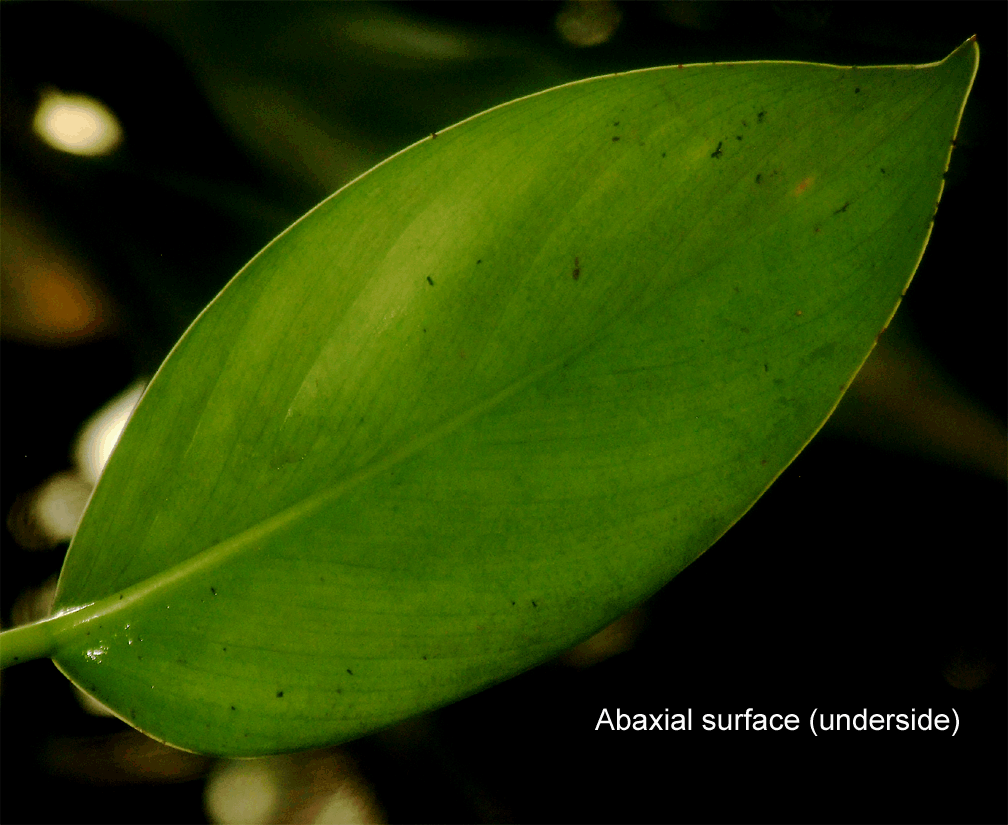
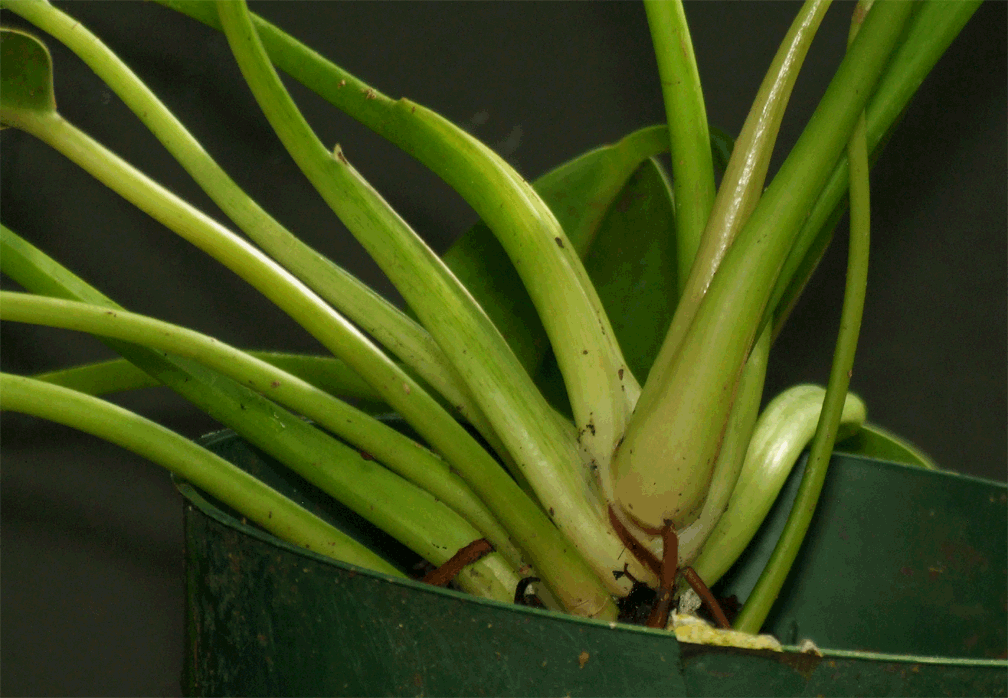
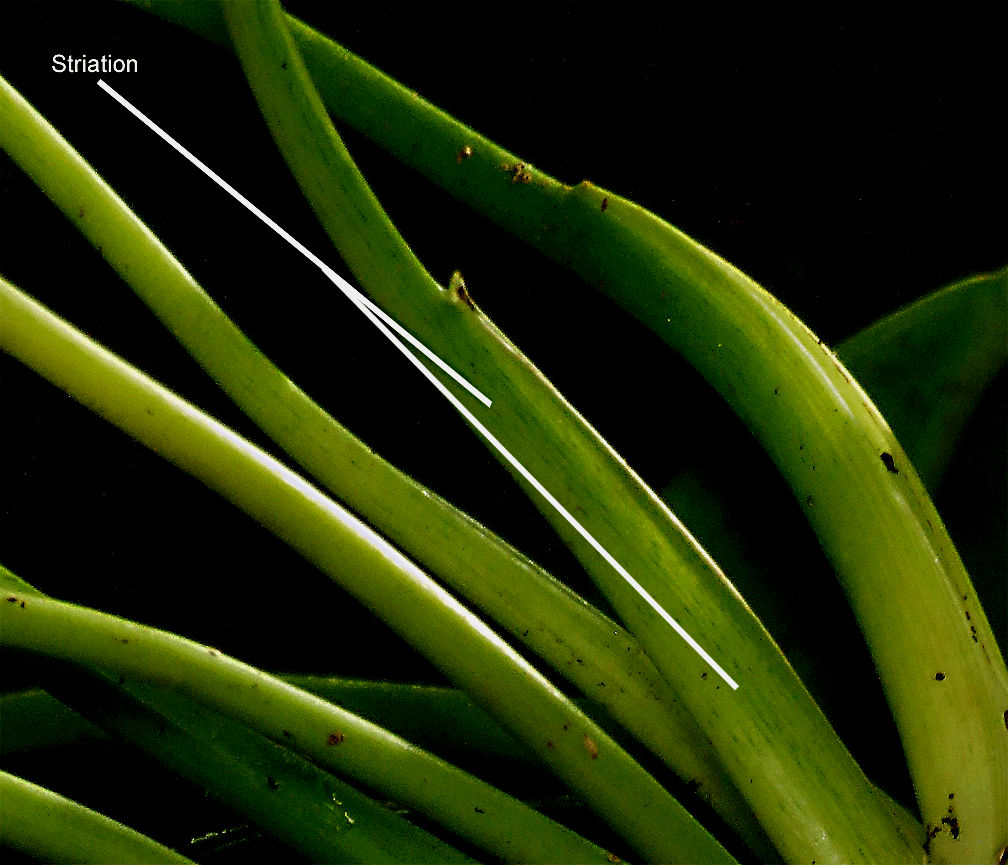
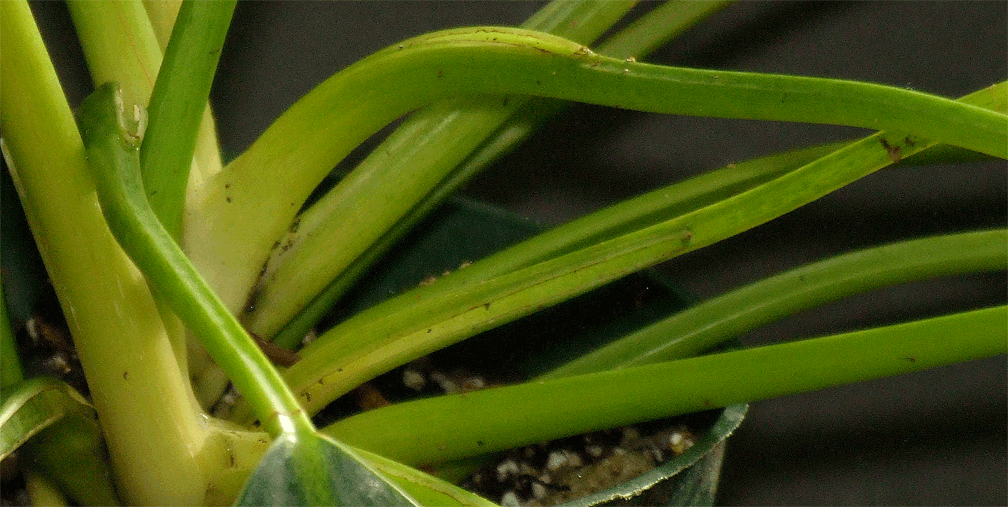
Want to learn more
about aroids?
Join the International Aroid Society: http://www.exoticrainforest.com/Join%20IAS.html
Join the International Aroid Society: http://www.exoticrainforest.com/Join%20IAS.html
If you are seeking information on other rare
species, click on "Aroids and other genera in the Collection" at the top and look for the